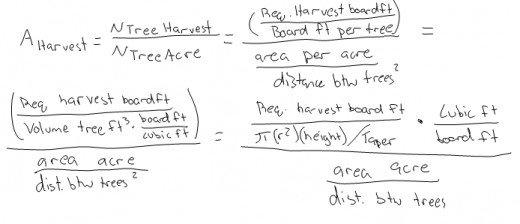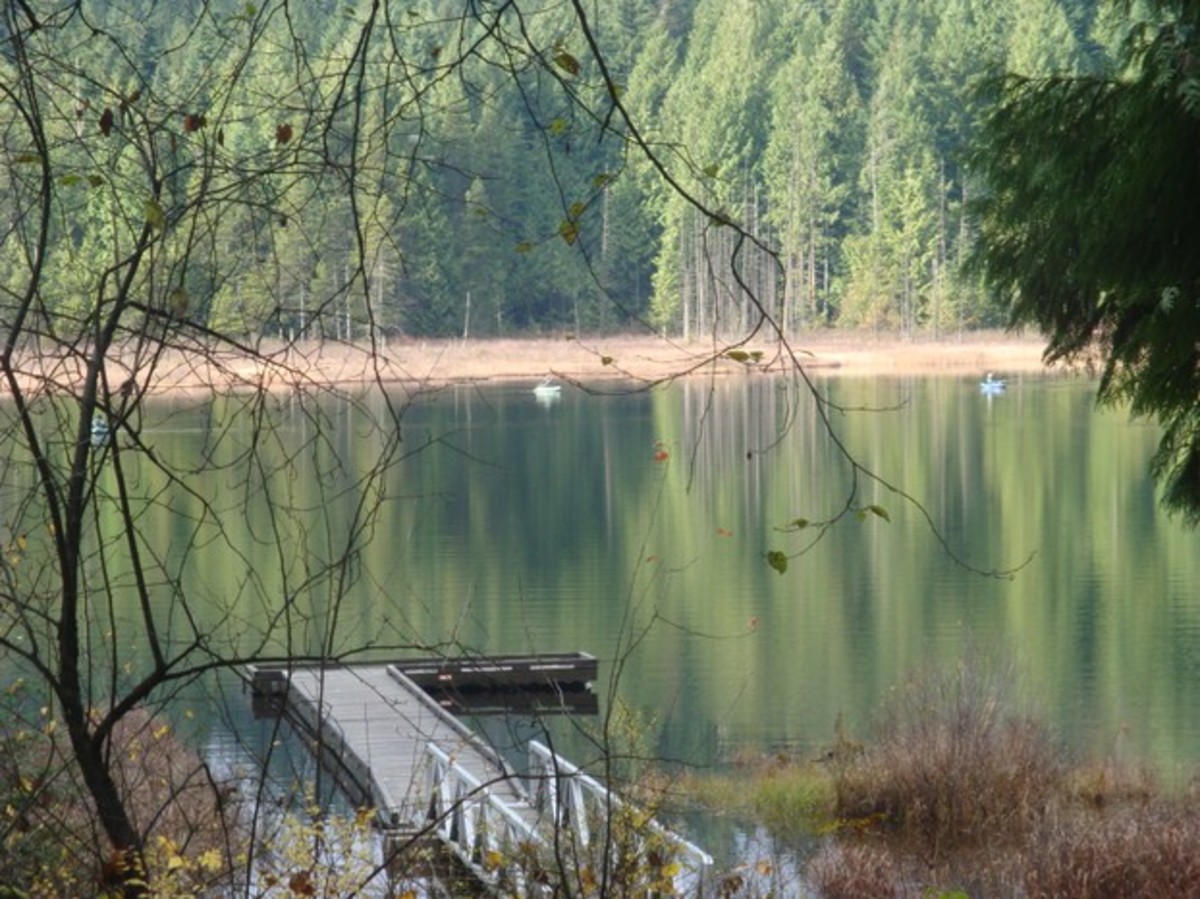Are Tree Farms a Viable Solution for Logging?
Tree Farm
Are tree farms a viable solution for logging? One of the most severe problems facing the environment is the rate at which forests and rainforests are being logged. In order to stop this senseless "killing" humanity needs to come up with another solution for gathering lumber. The solution that should work the best is tree farming.
A tree farm is as the name suggests a very large plot of land that is possibly hundreds of thousands of acres in area with trees that are planted and harvested each year. This technique is used for Christmas Trees, but will it work for lumber needed to build houses and supply humanity with the wood necessary to keep our civilization alive and running. Without an alternative to chopping down the Earth’s few and beautiful forests there will be a drastic reduction in the number of and species of animals. In addition to the decrease in wildlife, there will also be fewer trees to use as fuel, structural support, paper, and art.
The intention of this experiment is to determine whether or not a tree farm is even a viable solution for logging and to establish the number of acres necessary to produce a required amount of lumber with a ninety-five percent confidence. The tree chosen for this experiment was the Northern Red Oak, Quercus rubra, because it is one of the most commonly used trees in America, it grows relatively fast, and it can grow in almost half of the Continental United States. The units used for lumber is board feet, and for each cubic foot of wood is about twelve board feet. A two thousand square foot house is roughly 2000 board feet. In order to test this, a simulation was written in a compiler called Matlab. The program was heavily based on research from several key sites that stated the average growths of trees per year, in both height and diameter. After gathering information about Northern Red Oak trees a one hundred line program was written. This simulation included numerous variables that controlled how many trees were in each acre, how old the trees were when they were cut down, how many board feet were in each tree, and it included a random number generator that created a uniform growth rate per tree, per year of height and diameter. This generator was used to ensure that the results varied each time, and this allowed the experiment to become more realistic because in nature trees don’t grow at the average rate every time. To run a scenario simply click run in Matlab and it will go line by line and read all the data and tell the user what specific piece of information is requested.
For this lab the computer was told to find how many acres of trees are necessary to produce twelve thousand board feet or two small houses. After running the simulation with a sample size of fifty thousand trees it was concluded that 5.1 acres of Northern Red Oaks are necessary to produce twelve thousand board feet with a ninety-five percent certainty after fifteen years. Although this may seem like a large amount of land to produce two small trees, but imagine how much forest would be saved if these trees were planted in an organized and efficient grid system. In order to make this system sustainable take the number of years these trees are allowed to grow (in this case fifteen) and multiply it by the number of acres necessary to produce the desired amount of wood. In this case only 76.5 acres of Oak trees are necessary to produce two, two thousand square foot houses every year.
The elegance of this experiment is with just a few clicks the computer can disclose the number of tree necessary to reach a goal amount of board feet, how many board feet will be in each tree, or any piece of information one would want. Another benefit is the variables can be changed, and the experiment re-run within second versus a regular experiment which can take hours or even days to reset under the perfect conditions.







